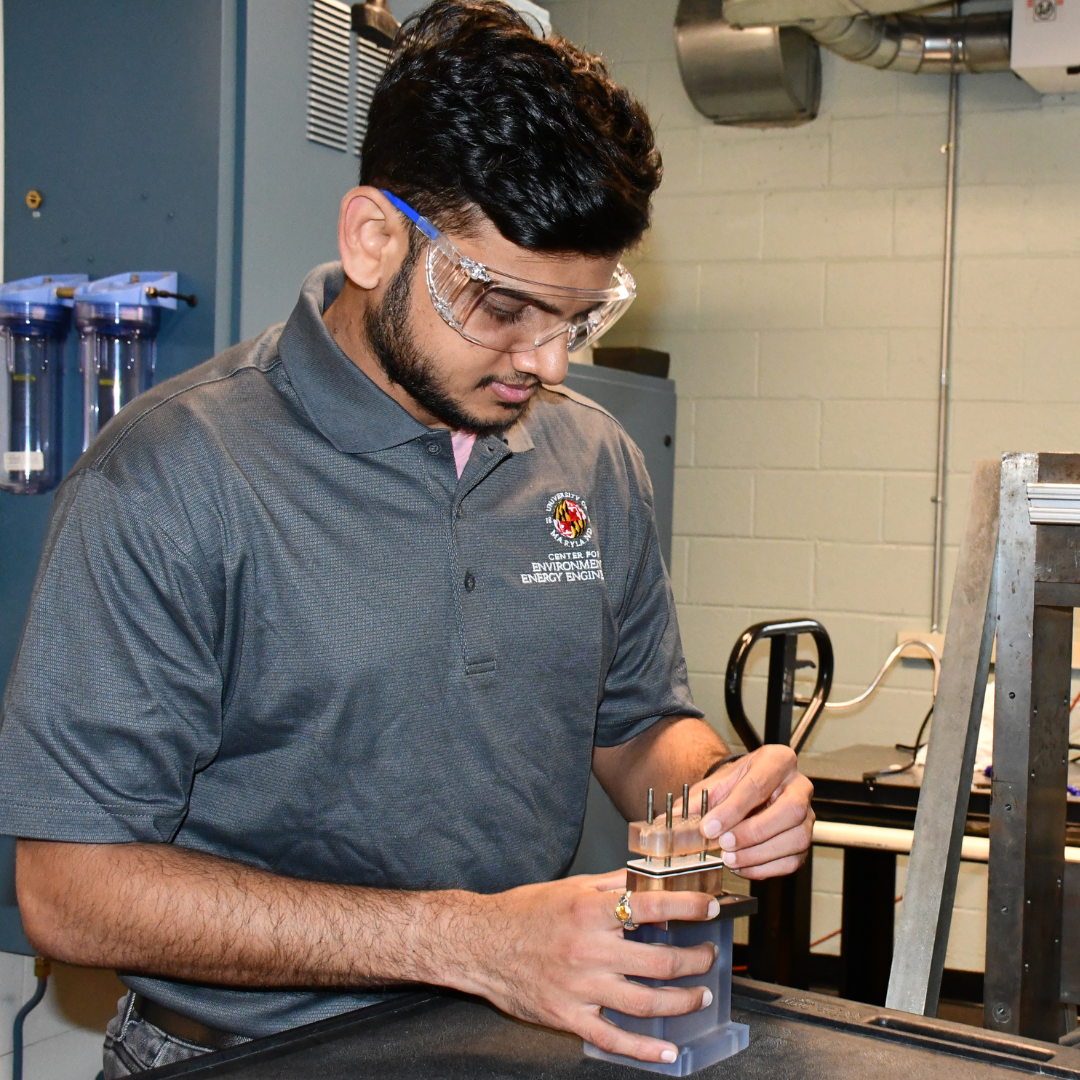News Story
Qwest to Provide Backbone Network Services to ATDnet
Qwest Communications International Inc. and the Mid-Atlantic Crossroads (MAX), a part of the University of Maryland, today announced that Qwest has won the role of primary provider of network services for the Advanced Technology Demonstration Network (ATDnet), an unclassified Department of Defense (DoD) research network used for development of next-generation communications technologies designed to help transform the way the DoD performs its mission.
Qwest will be the primary backbone provider for ATDnet, but is teaming up with other communications companies to provide connectivity to the NASA Goddard Space Flight Center and other ATDnet sites. ATDnet is a "dark fiber" network, which denotes that capacity -- virtually unlimited -- is turned up as it is needed.
MAX, which will be responsible for the day-to-day operational aspects of the core ATDnet infrastructure, was founded in 1999 by the University of Maryland, Georgetown University, George Washington University, and Virginia Tech. MAX operates a 2.5 Gigabit-per-second (OC-48) network in the Washington, D.C., metro area, with extensions into the Baltimore area and northern Virginia. MAX also operates one of the distributed GigaPoPs in support of Internet2, and provides connectivity to the Qwest-supplied Abilene Internet2 backbone.
"MAX was created by the partner universities to meet the advanced network needs of our universities for both research and education -- capabilities and services not available through the commercial Internet. The goal was to provide the advanced network infrastructure required to support both the experimental deployment of evolving advanced network technologies, and the development and deployment of new applications," said Dr. Don Riley, Affiliate Professor of Mechanical Engineering and Vice President and Chief Information Officer of the University of Maryland. "This new partnership with the ATDnet consortium represents a significantly broader collaboration toward understanding how to design and manage the new generation of optical networking technologies."
The new infrastructure will enable investigations in very high-speed optical transport; ultra dense wavelength division multiplexing, examining networks with hundreds of wavelengths per fiber; performance of metropolitan networks that use multiple fiber types; optical burst switching; and interactive high-resolution visualization. Understanding these experimental technologies across wide area networks is critical to deploying the advanced services necessary to meet the DoD mission over the next 10 years. These efforts involve researchers at the ATDnet principal sites, regional MAX institutions and their commercial partners.
"The close collaboration among the ATDnet community, the MAX community and the commercial partners creates a technology pipeline where ATDnet takes laboratory technologies into the wide area infrastructure, MAX then deploys them as they mature into the 'early adopter' network to address applications deployment and scaling issues, and the carriers then commercialize the services in the private sector," said Jerry Sobieski, director of network engineering for MAX. "We now have the capability to explore and integrate interesting new technologies at any layer of the network protocol stack, and to do so in a coordinated fashion among the regional research and education community. It's really cool."
"This network facilitates collaboration among experts at some of the top federal government research institutions, including the organization that invented the Internet itself," said Shaun Gilmore, executive vice president, Qwest Global Accounts. "Qwest is thrilled to expand its portfolio of research projects to which it supplies network-related services, particularly when the project's mission is to help make the United States a stronger and more secure nation."
Published May 15, 2002









